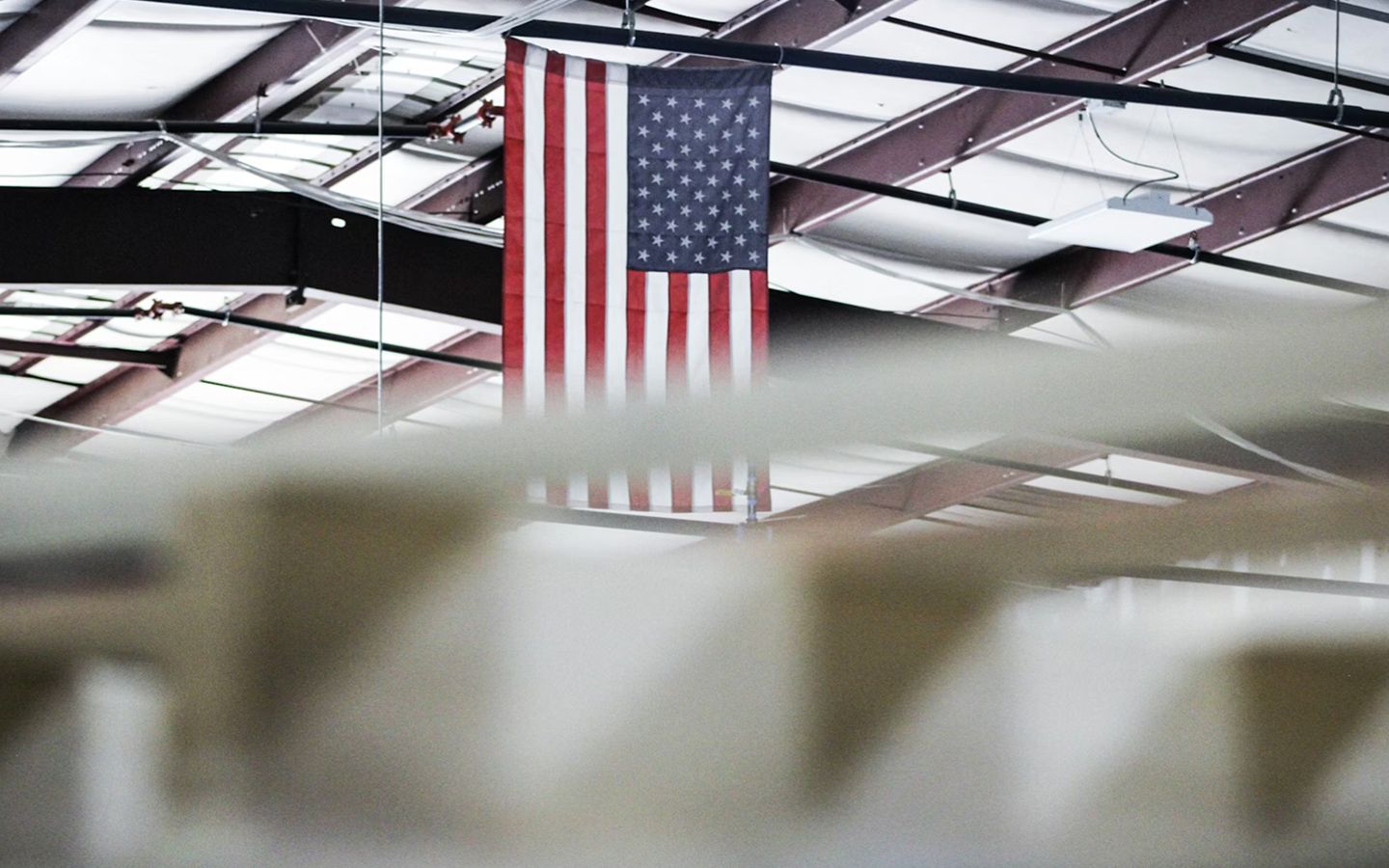History of Embroidered Patches
We can all agree that custom embroidery patches are very common today, especially in the military and fashion, and most people might think it is a modern world invention. Ideally, these pieces have proven to be timeless and have a long history dating thousands of years back. We cannot ignore their existence and application, as they have played a huge role as a status symbol, military identity markers, and fashion as a form of rebellion and individuality.
But have you ever wondered how this piece of decorated fabric played such a huge role over the centuries? One thing remains accurate: the ability to create custom embroidery patches to serve different areas and convey the required messages.
Today we will dig deeper into the history of embroidered patches and their significant role over the years.
Understanding Embroidered Patches
Embroidered patches are pieces created by weaving a thread on a fabric backing and are known by many as badges. Embroidery originated centuries ago and was created by hand. The invention of embroidery and sewing machines in the 29th century revolutionized embroidered patches, allowing mass production.
Embroidered patches are woven directly onto clothing or attached using pins, heat-activated backing, Velcro hooks, among other methods. The creation of embroidered patches involves cutting a fabric backing into the desired shape and stitching thread on the backing.
Kickstart your designs with AI
Leverage the power of AI to streamline your design process,
turning your ideas into polished, production-ready products with ease.
Types of Embroidered Patches
There are different types of embroidered patches characterized by designs, styles, backing, thread, and edges. Below are some of the common ones.
- Sew-on Patches:These are patches sewn directly on the clothing.
- Iron-on-patches:These patches contain adhesive backing that attaches to the fabric when ironed.
- Velcro hook patches:They contain a Velcro backing, allowing them to attach to clothing with Velcro backing which involves a hook-and-loop fastener that attaches on contact and can be easily unfastened.
- Merrowed-edge-patches:These patches have a secure interior stitch, but the edges remain loose at the ends.
- Chenille Patches:These patches feature a raised, soft, and fuzzy texture, making them ideal for logos and lettering.
The Origins of Embroidered Patches
The creation of embroidered patches began centuries ago in the ancient civilization of China, around the 5th and 3rd BC. The Chinese began embroidering to mend torn clothes by stitching patches on them and hand sewing. Later, this advanced to a more complex skill involving stitching intricate designs on the fabric.
Over the centuries, embroidered patches evolved and were customized across various civilizations, taking root in crucial domains such as royalty, the military, and fashion.
Royalty
With time embroidered patches evolved into more complex designs, necessitating high craftsmanship skills. Since they were crafted by hand and took a lot of time, only the well-equipped artisans could produce them. Therefore, only individuals of high status could afford embroidered patches, making them a sign of wealth and royalty. They were common in the ancient civilizations of China, South America, the Mediterranean, and India.
Military
Embroidered patches have played a significant role in the military, with their earliest usage traced to ancient Egypt around 3200 BC. Other societies linked to these ancient military patches include the Chinees, Greeks and Roman Empire. Initially, military patches evolved from simple designs or plain patches and stitches on clothing to show allegiance, division, and rank.
The use of embroidered patches in modern warfare dates back to the 1800s when the British souldiers first adopted them, and in 1861 by American soldiers during the Civil War. This is the time when we saw the invention of diverse embroidery and sewing machines which revolutionized the production and use of embroidered patches in the military, with World War I and II making them even more popular.
Fashion
Embroidered patches hit the fashion industry hard after the World War II. The rise of the hippies in the 1970s propelled their use in fashion and today they are part of the contemporary fashion used as symbols of rebellion and individuality.
The Rock n’ Roll bands, popular in the seventies and eighties, also significantly popularized embroidered patches. Band members rocked jackets and jeans with patches, and their fans did the same to signify their support of their favorite bands.
Modern Day
Modern-day has given rise to custom embroidered patches. Technological advancement allows the creation of intricate embroidered patch designs, which have become a key part of urban fashion, sportswear, and brand promotion. In the fashion industry, embroidered patches have remained timeless, with top designer brands incorporating them into their brands. In addition, other government organizations like NASA have joined the military in using embroidered patches.
Creating Custom Embroidered Patches
Creating custom embroidered patches allows you to define the style of your badges, making them not only visually appealing but also unique to your identity and brand. You can choose from a variety of colors, shapes, and sizes to suit your preference.
If you wish to have an embroidered patch looking just like you imagined it, or even better, customization is the key. However, there are several options to consider when creating custom embroidered patches.
The Area of Embroidery Coverage
This is the percentage of the design covered by thread. Ideally, a 50% coverage is a good option for text designs, while 75% coverage helps to create contrasting textures. It is also the most popular design in the current fashion.
Type of Base Materials
The base offers a sturdy surface for creating the design and it’s where you thread your final creation. It is important to note that the type of base material will greatly determine the quality and durability of your embroidered patches.
Backing Options
The backing option determines how the embroidered patch will be attached to the fabric. Common backing options are backing/plain backing, Velcro backing, iron-on backing, plastic backing, adhesive backing, pin backing, wearable magnet, and button-loop backing.
Borders and Edges Options
This is the finishing touch on the embroidered patch, giving it a perfect border. Some common options include no border, frayed edges, embroidered border, and merrowed border.
It’s important to consider the type of thread and color as well, as they will help magnify your design.
Why Custom Embroidery Patches
You can agree that embroidered patches have come a long way. Today, custom embroidered patches are the new trendy piece, especially in fashion, where they add a personal touch to clothing and accessories. They allow us to express our unique identities, making them a popular choice for both casual wear and high-end designs. Beyond fashion, these patches are a powerful tool for branding, team spirit, and community building.
So, if you have a great design idea that you want to transform into unique custom embroidery patches visit THE/STUDIO today to bring your idea to life and enjoy everything we can offer.





